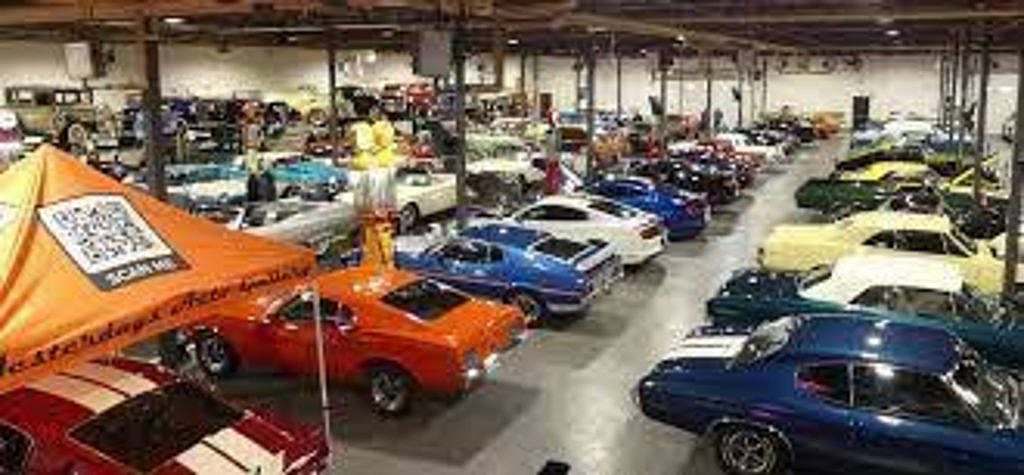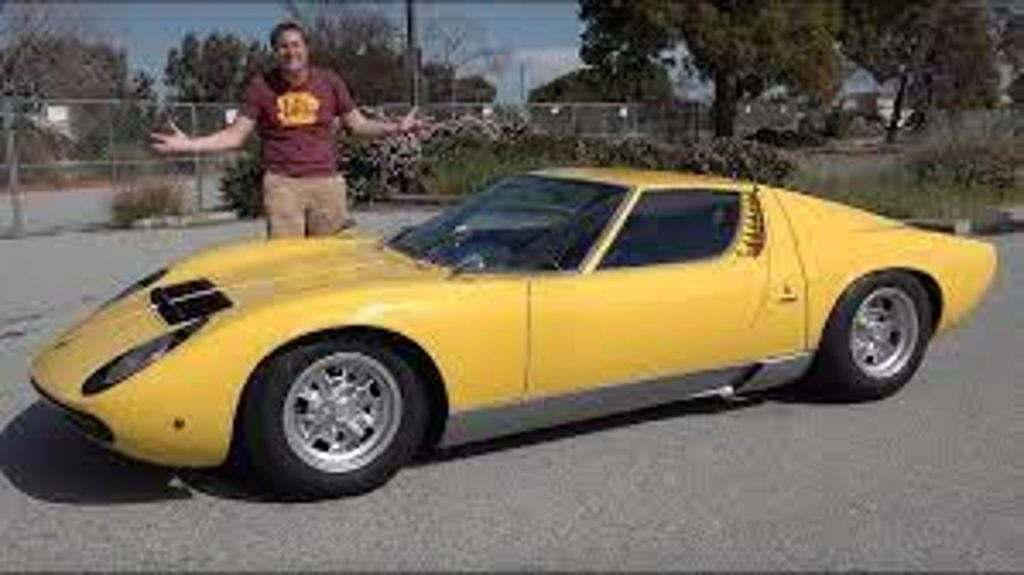Introduction: In the world of classic cars, restoration serves as a vital bridge between the past and the present, ensuring that automotive treasures of yesteryear continue to captivate and inspire future generations. In this exploration of the importance of restoration, we’ll delve into the critical role it plays in preserving automotive history and heritage for posterity.
1. Salvaging Memories: Classic cars are more than just machines; they are repositories of memories and stories that span generations. Through restoration, these automotive relics are salvaged from the ravages of time, allowing their rich histories and cultural significance to endure for years to come. Whether it’s a vintage Lamborghini Miura or a classic Ford Mustang, each restored car represents a tangible link to the past, keeping alive the memories of those who owned, admired, and cherished it.
2. Honoring Design Legacies: Restoration is a tribute to the visionary designers and engineers who brought iconic cars to life. By meticulously preserving and restoring original design features, such as bodywork, interiors, and mechanical components, restorers pay homage to the artistic vision and engineering excellence that define these automotive masterpieces. In doing so, they ensure that the design legacies of the past continue to inspire and influence future generations of automotive enthusiasts and designers.
3. Reviving Automotive Artistry: Classic cars are works of art on wheels, showcasing the craftsmanship and artistry of their creators. Through restoration, these automotive masterpieces are brought back to their original splendor, allowing their beauty and elegance to shine once again. Skilled artisans and craftsmen painstakingly restore every detail, from hand-sanded body panels to meticulously reupholstered interiors, ensuring that each car is a true masterpiece of automotive artistry.
4. Fostering Cultural Appreciation: Restoration fosters a deeper appreciation for automotive history and culture, providing enthusiasts with an opportunity to connect with the past and gain insight into the evolution of automotive design and technology. Through events, exhibitions, and museum displays, restored cars serve as educational tools that help preserve and celebrate the rich heritage of the automotive industry, enriching the cultural landscape for generations to come.
5. Ensuring Longevity and Sustainability: Restoration plays a critical role in ensuring the longevity and sustainability of classic cars for future generations to enjoy. By preserving and restoring vintage vehicles, enthusiasts and collectors help prevent the loss of automotive heritage and expertise that would otherwise be lost to time. In doing so, they safeguard the legacy of classic cars for future generations to appreciate and enjoy, ensuring that these automotive treasures continue to inspire and captivate for years to come.
Conclusion: In the world of classic cars, restoration is more than just a hobby; it’s a labor of love and a vital means of preserving automotive history and heritage for future generations. From salvaging memories to honoring design legacies, restoration serves as a bridge between the past and the present, ensuring that the rich legacy of classic cars endures for generations to come. As enthusiasts and collectors continue to embrace the art of restoration, they ensure that automotive treasures of yesteryear remain a vibrant and cherished part of our cultural heritage.



